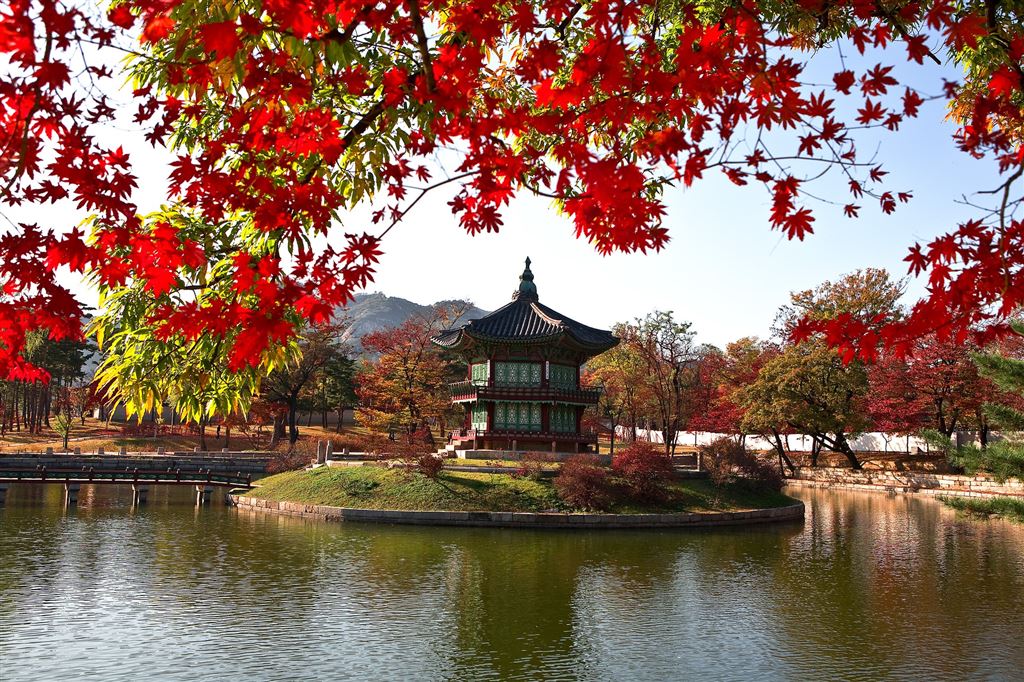
It was an extremely cold morning of February when I reached Seoul, the capital of South Korea, for an International Conference. I was excited because I had only read about this economically powerful city in the world-Seoul, in books, magazines, and newspapers. Since I was going that far, I decided to stay for longer and beyond these two days of my International conference. I decided to extend and thus decided to take a five days leisure stay in Seoul, post my conference. After a long flight to Seoul, I landed at The Incheon International Airport, Seoul. The airport was plush and had a very grand cum commercial appeal. I had read that this is the 22nd busiest airport in the world and the crowd at the airport was a true testimony to it. It had people and people all around.
The biggest metropolis of the Republic of Korea, Seoul is an economic power and is rated as the fourth most economically powerful city in the world. Seoul has a population of roughly under 10 million.
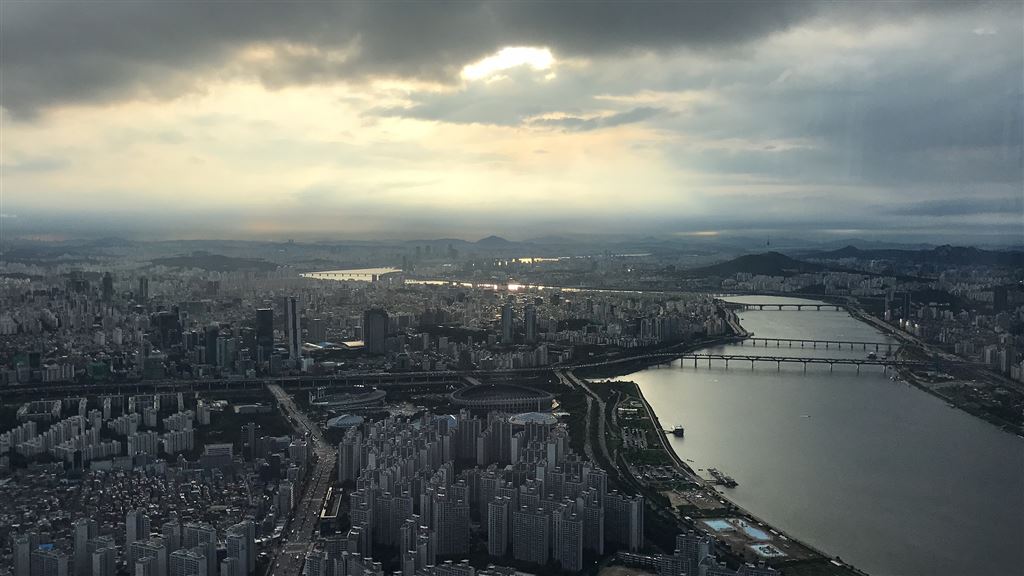
The temperature outside read 1 degree and I was already freezing. I queued up for the taxi and managed to show the hotel address to the taxi driver who made me board his taxi and started driving me to my hotel. He could explain to me that we were to take an Express road to reach our hotel.The cab driver who was driving me to the hotel could only understand little English. He played some lovely Korean music in the cab which was a treat to the ears (This made me truly believe that music is universal and you don’t need to know the language in order to enjoy music). The taxi driver was humble though he could not give me answers to my questions about Seoul. I could not blame him and for language can be a communication barrier at times. I did not understand Korean as a language and he did not understand much of English what whatever little English he knew and whatever little Korean, I could try to understand through his expressions made the drive- truly interesting. It was over an hour long drive to my hotel, which was located in the heart of the city. It was almost a quiet one hour drive to the hotel where I kept looking out of the window to may be to understand what makes this city figure in top 5 of the economic powers in the world- the only answer I could get was ‘ the city had a very commercial vibe.’
The little conversation I had with him-made the curious me grow even more curious. I reached the hotel and paid 80 USD for my drive to the hotel which initially gave me a fair idea of the commercial city I had just landed in. Later on, I also came to know of the other transportation modes I could have chosen to reach my hotel, from the airport- it was train and bus. But, being my first trip to Seoul I was ignorant so, I chose to take a taxi to the hotel and I had no regrets for the same.
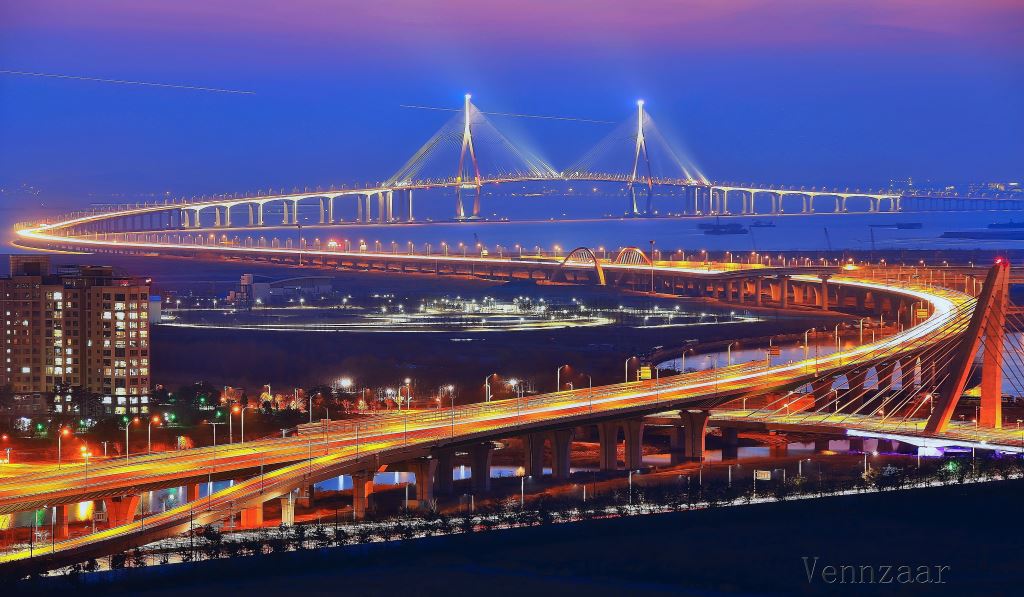 Incheon Bridge at Night
Incheon Bridge at Night
All through my drive to the hotel, I wanted to speak to someone who could guide me through this city known for art, rich history, culture, and entertainment. I, fortunately, found a great guide in the people who greeted me at the Hotel. I checked in the hotel and here I was talking to people who could explain to me what to explore, what do indulge in and so on.
After an interesting conversation with the people at the hotel, I was excited to explore Seoul and somehow was sure that five days was enough to explore this rich city. Still, I wanted to get the maximum of Seoul in these five days (post my two days conference).
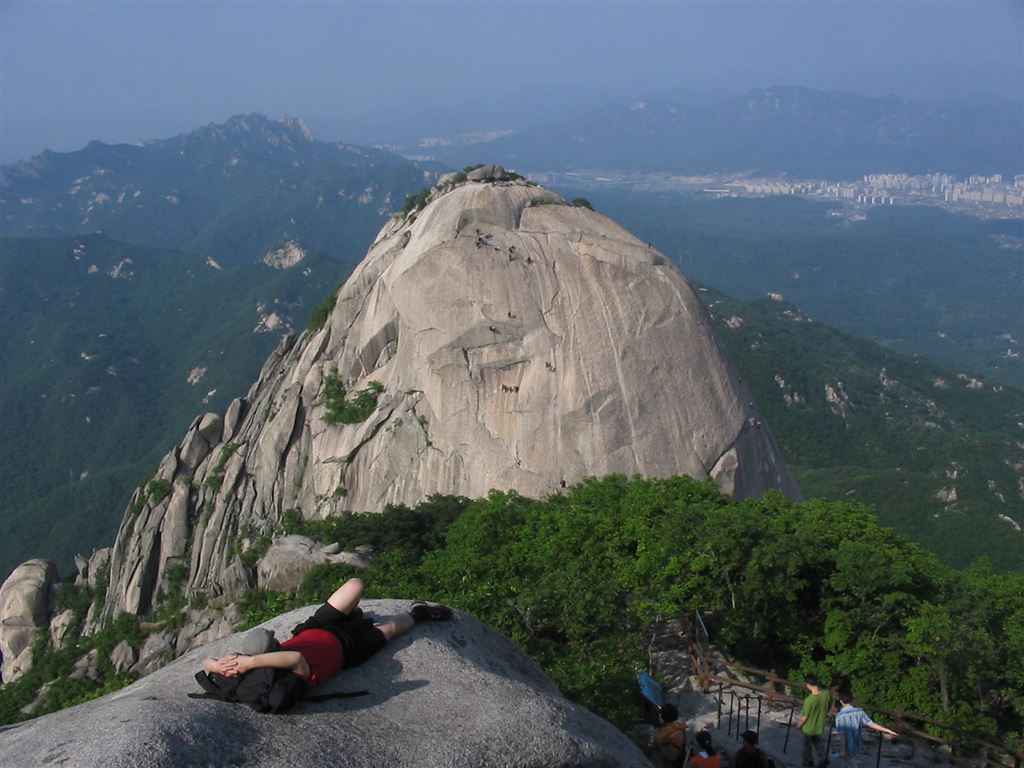 Insoo Peak, Bukhansan Mountain
Insoo Peak, Bukhansan Mountain
Surrounded by rich mountainous landscape, Seoul has a rich historical background which stretches back to over 2000 years. Seoul is largely divided into two parts- the older which is also the more historic of the two- Gangbuk ("River North") and the newer and more affluent Gangnam ("River South"). It is the famous ‘Han River’ that divides the two. I attended the two-day conference and here I was creating my own itinerary for the next exciting five days.
I explored and reached a list of the ‘Must Visit Places in Seoul’.
Must Visit Places in Seoul
Gyeongbokgung
The main palace in the city, this is one of the major attractions (top answer to the must-visit places given by almost everyone I interacted with). Gyeongbokgung or the Gyeongbok Palace was built in 1935 as the home to the Joseon dynasty. It is truly magnificent with Mount Bugak in its backdrop. It houses the Gangnyeongjeon Hall (the King’s main residing quarters), Geunjeongjeon Hall (the throne hall, where the King addressed audiences), Gyotaejeon Hall (where the Queens of the dynasty used to stay), Gyeonghoeru Pavilion (which is a hall that used to once hold important and special state banquets), the Hyangwonjeong Pavilion(which is constructed around an artificial lake and is a small, two-story hexagonal pavilion). Next to the residence was a two stroyed library -Jibokjae which reflected the literary taste of the palace residents. There was a shrine named Taewonjeon, which is an ancestral shrine that houses a portrait of King Taejo, the founder of the Joseon dynasty. This also serves as a place to perform rites to the deceased royalties. A lavishly spread out palace, this Palace talks about the lifestyle of the Joseon Dynasty and I am glad I kept half a day to explore it, which I later thought was less to appreciate the marvel of this palace. Looking at the Palace no one can ever say that it was reduced to ashes in the Japanese invasion of 1952. One can only say ‘Kudos to the team that restored it all’. This is truly the most popular out of the five royal palaces of Seoul.
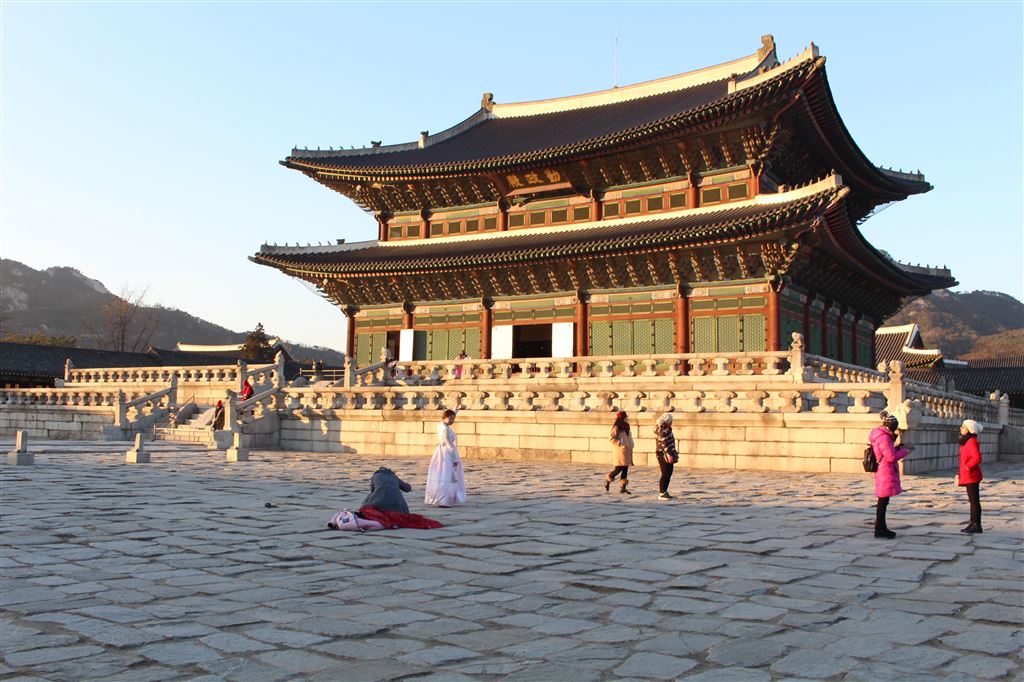
Changdeokgung Palace
Another marvel of the five grand palaces -this is a UNESCO World Heritage site. All buildings in the palace look chaotic from a distance but are actually in perfect harmony with the surroundings. The palace is between Peak Maebong of Mt. Bugaksan in the back and River Geumcheon flowing in the front which adds to the overall beauty of the palace. This palace is also said to have the influence of the ‘Feng Shui theory.’
Deoksugung Palace
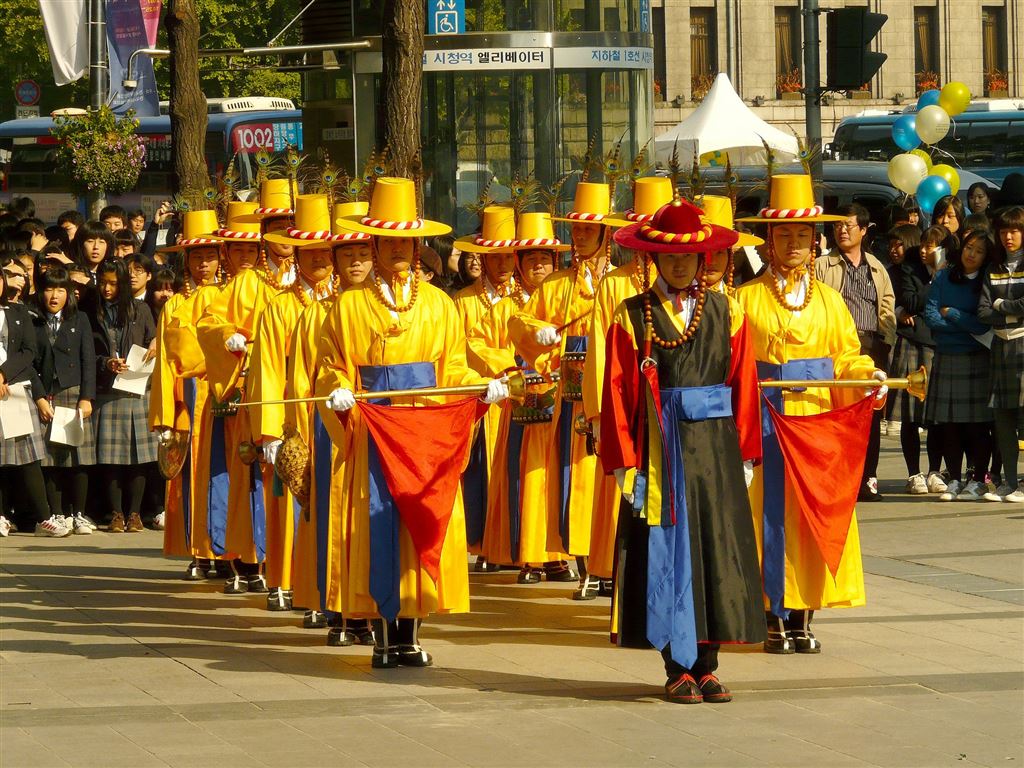 Royal Guard Changing Ceremony at Deoksugung Palace
Royal Guard Changing Ceremony at Deoksugung Palace
Another palace from the ‘Royal 5’ this unique palace is known for its modern architecture- which has a great western influence and a stone-walled road. This road only adds grace to the uniqueness of the palace. Once a visitor enters the palace through the Daehanmun Gate, they cross a wide bridge of Geumcheon Stream (which was often crossed on chariots by the Royalties’)
Huwon: a Beautiful "Secret Garden
Located within the Changdeokgung Palace is Huwon a beautiful "Secret Garden". It is a six-acre garden, first built in 1623. It is filled with woodland paths, lotus ponds, and pleasure pavilions. A three hour guided tour which is available in English, Korean and Japanese is a much-recommended one when visiting Huwon.
National Folk Museum
In the rear side of the Royal Palace of Gyeongbokgung is located the National Folk Museum- which is a beautiful gateway to the traditions of Korea. It houses over 40,000 artifacts and royal treasures of the dynasty and over 1200 volumes of the historical texts. It houses An Archaeological Gallery and the Historical Gallery ( featuring the culture and history of Joseon) on the first floor and a fine arts gallery on the second floor. A Fine Arts Gallery on the third floor for people who wish to understand the rich cultural history of South Korea becomes a much-recommended place. For art lovers, this museum becomes a must visit place.
It is a $900 million urban beautification project that "restored" the stream that once ran run through the downtown. Today, the stream runs in the direction which is opposite to the original one and water is artificially pumped in. It is the place for people to relax, have a walk and this place offers an opportunity to the people from surrounding areas to relax over a can of beer or have a simple relaxed conversation.
Bukchon Hanok Village
This is a cluster of traditional privately owned Korean wooden homes or hanok and is situated between Gyeongbokgung and Changdeokgung, in Seoul.To get a taste of the typical Korean homes, a walk in the village is much recommended.
Namsan Seoul Tower (or the YTN Seoul Tower)
Located on the Namsan mountain in the central part of Seoul this 236 m tower, is the second highest point in Seoul and is an observatory tower. A cable car ride to the top of the Namsan mountain is an excellent idea to take the great view of Seoul.
Jongmyo Shrine
Just across the Changdeok Palace is the Jongmyo Shrine which is a World Heritage Site and it is here where the Kings spirits come to rest.
Jogyesa Temple
A center for ‘Korean Buddhism’, a trip to the Jogyesa temple is truly close to divinity. Jogyesa Temple’s main hall Dharma serves as a venue for all major Buddist events, rituals, and ceremonies all year through.Built in the 14th century, the temple has its own rich history.
Suwon Hwaseong Fortress
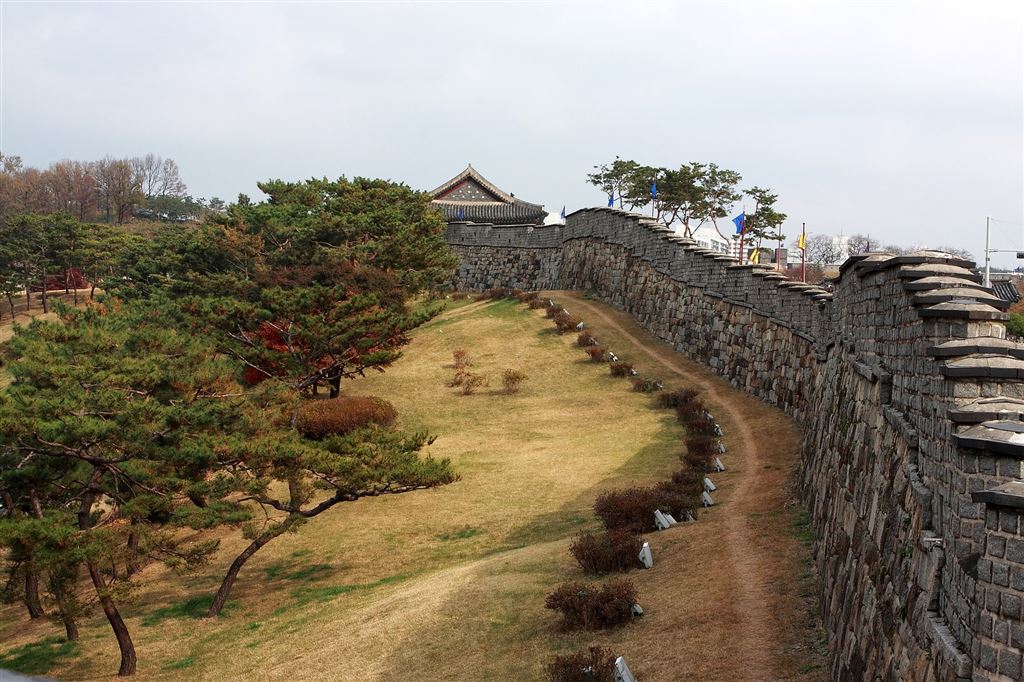
Another UNESCO World Heritage site, this was built in the late 18th century. It provides an idea of what Korean fortresses looked like before the start of the modern era. It is located in the town of Suwon which is just about 30 minutes away from Seoul
The Other places of visit (if time permits) are War Memorial of Korea and Gyeonghuigung Palace and Changgyeonggung Palace (These are amongst the five royal palaces in Seoul).
Must Do Activities in Seoul
Han River Cruise
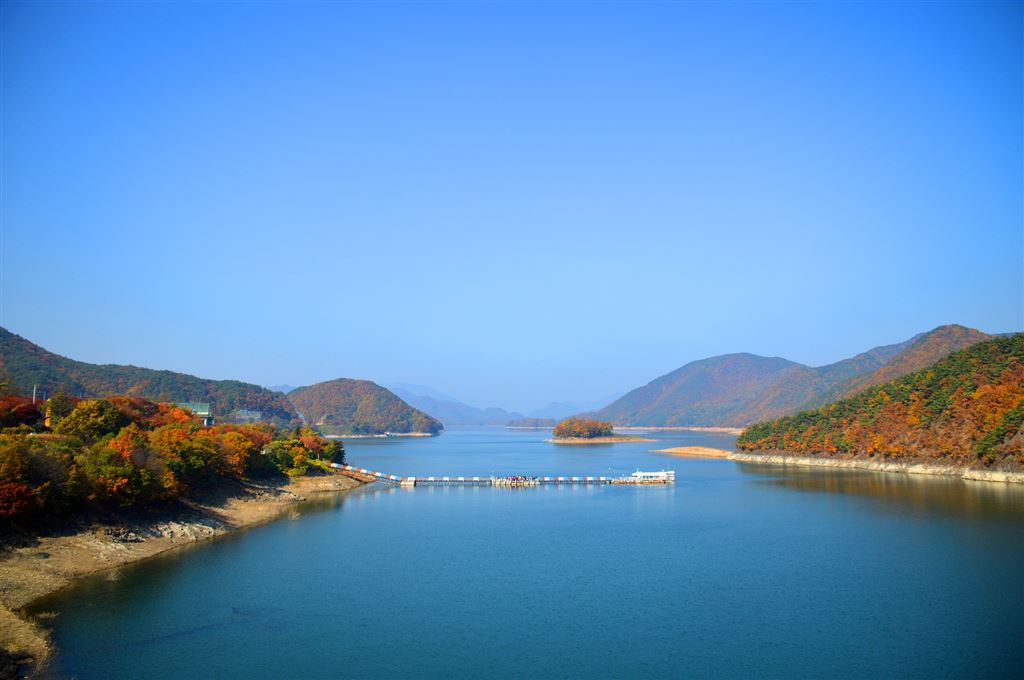
A cruise on the famous Han River is a mesmerizing way to see the city at night. One can just make way to either Nodeul Port or Jinseong Port and take a simple basic ferry.When on the cruise one can witness the Banpo Bridge's colorful water and light show. An excellent way to admire the golden glory of the city Seoul.
Jeongdong Theater
In order to enjoy and experience traditional Korean music and dance performances, a visit to the Jeongdong Theater is much recommended. This Korean performing arts theatre is located just behind the Deoksugung Palace. Everything is beautifully arranged and coordinated here with an excellent lighting and sound effect. It is often seen that after the main performance the audience can practically dance with the band just outside in the courtyard.
Gwangjang Market
Also known as Korea's first permanent market this is much recommended for shopping Korean silk and textile and the market offers some interesting eating places for trying out the local Korean cuisine.
Myeongdong Shopping
Located in one of the busiest parts of Seoul, Myeongdong is a thrilling place for shopaholics and offers mid-range to high shopping experience.
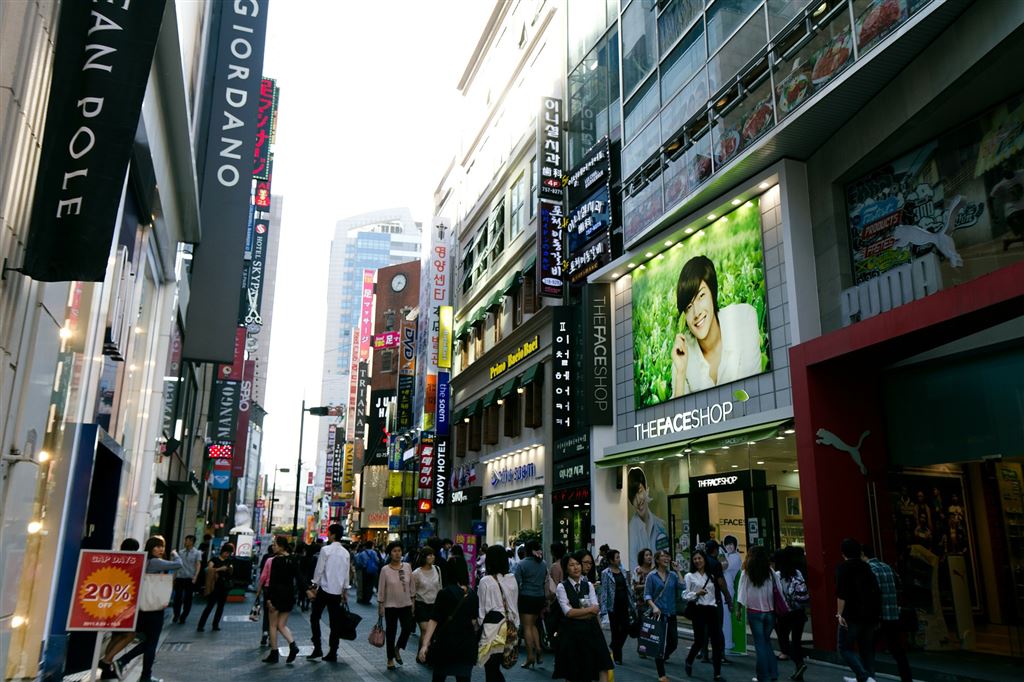 Myeong-dong Shopping
Myeong-dong Shopping
Street Food Experiment at Gwangjang Market
If you wish to try the typical Korean Street food then you can’t escape a visit to the Gwangjanj market which has plenty of street food options. Away from the buzz of the restaurants and cafes, this market offers a relatively inexpensive yet good option in terms of street food.
Food You can’t miss when in Seoul
Seoul offers good food options for people with different palates. But, I can confidently say that the options available to non-vegetarians are far more in comparison to vegetarians. My pick on the must try dishes when in Seoul will be Kimchi (the most popular Korean dish-it is a sour yet spicy dish made of fermented vegetables), Japchae (also known as stir fried noodles-this is popular as a typical side dish and is stir fried with thinly shredded vegetables, beef and sweet potato), Samgyeopsal (also known as pork strips – the strips are dipped in seasonings and sesame oil and wrapped in lettuce along with garlic, onions etc), Samgyetang (also known as Ginseng Chicken soup-this is made of chicken, garlic,Korean ginseng and jujube and spices) and Mandu (which is the Korean version of dumplings- it contains minced meat and green onions).
One can choose from a large variety of healthy food options when in Seoul.
My hectic 5 days in Seoul came to a beautiful end. I realized that I was on my toes all these five days as I wanted to explore most of Seoul but I recommend a minimum of a week stay to anyone traveling to Seoul to just keep for sightseeing and exploration of the rich cultural heritage of Seoul and soak it in. A lot of people pronounce Seoul as Soul and I can confidently say that Seoul has a Soul like no other city in the world.